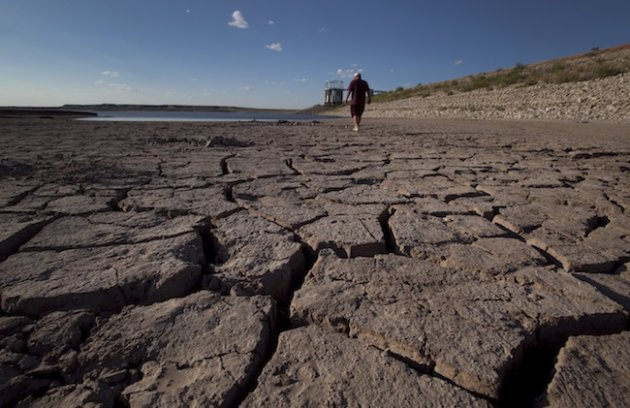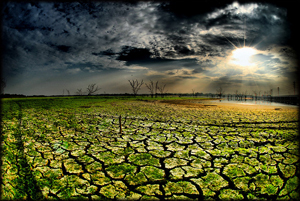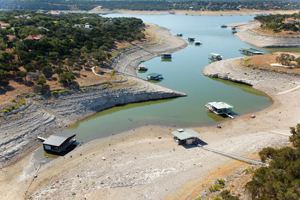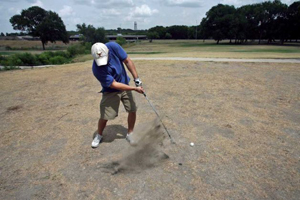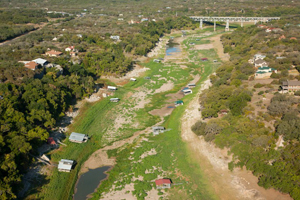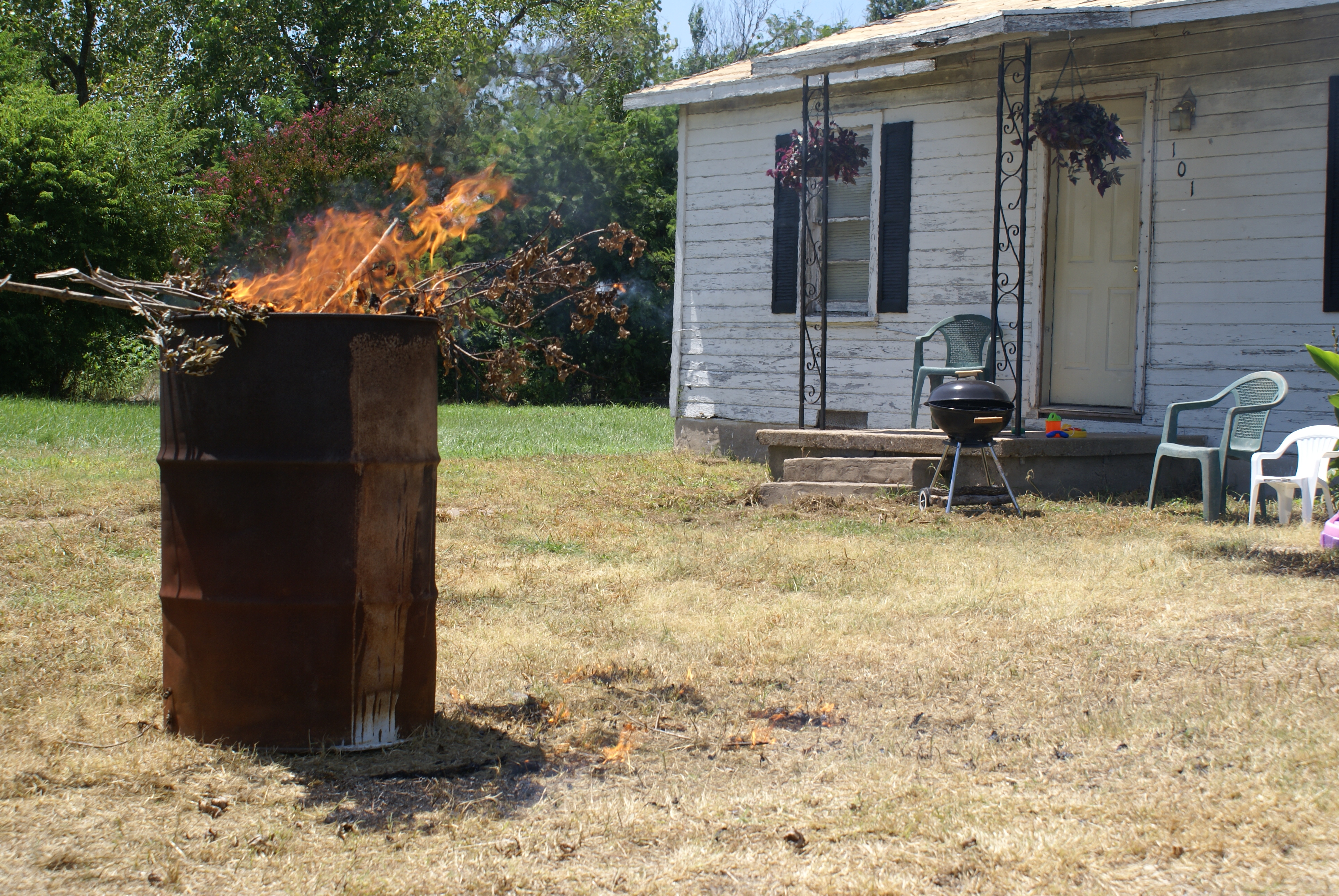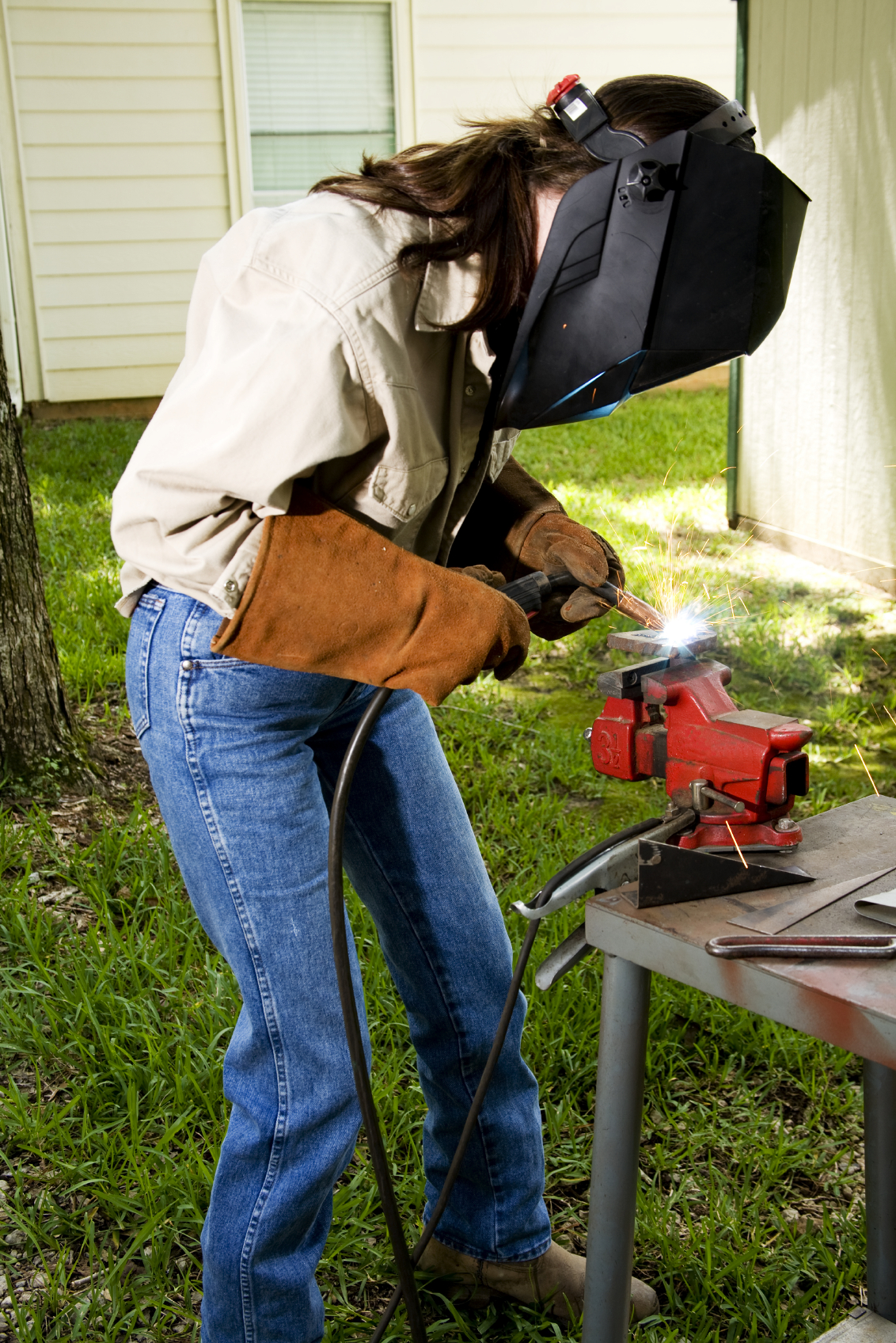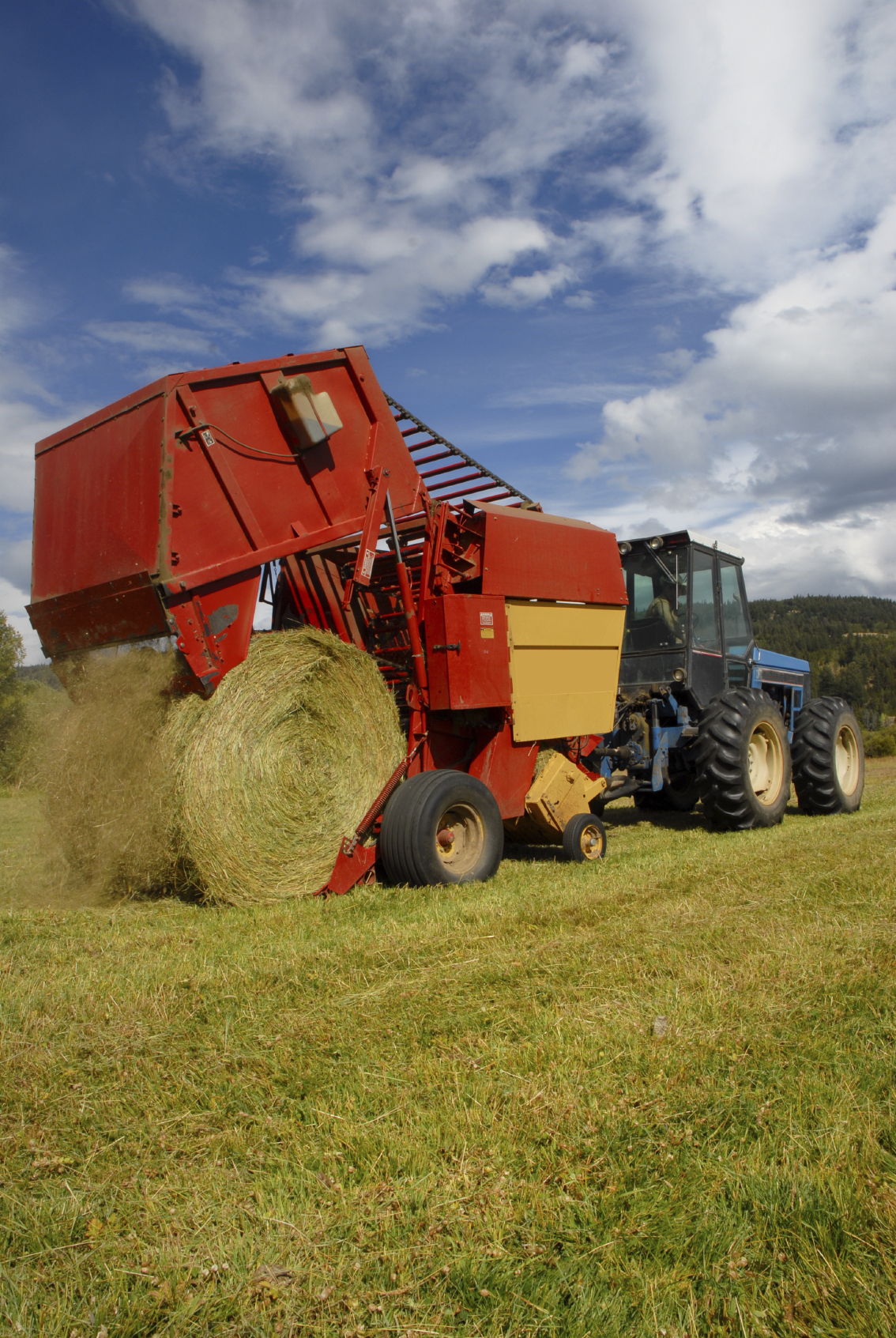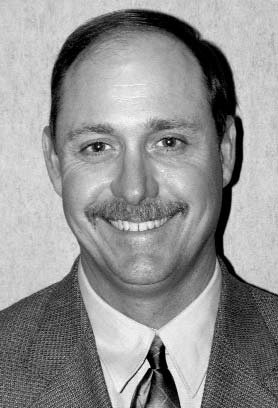American Alligator
Alligator mississippiensis
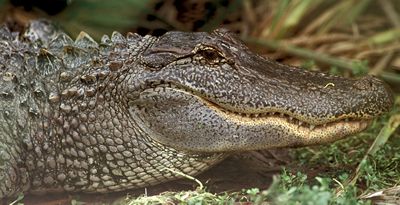
© TPWD 2003/Photo by Earl Nottingham
Description
Body length: 6-14 ft.
The American alligator,
Alligator mississippiensis, once on the verge of extinction, has made a tremendous come-back over the past 30 years. In 1969, Texas provided complete protection for the American alligator and classified it as endangered after passage of the Texas Endangered Species Act in 1973. Under this protection, along with Federally implemented regulations eliminating unregulated alligator hide markets in the United States, the species has made a full recovery and was delisted from the status of endangered in 1985.
The American alligator is a large, semi-aquatic, armored reptile that is related to crocodiles. Almost black in color, the American alligator has prominent eyes and nostrils with coarse scales over the entire body. It has a large, long head with visible upper teeth along the edge of the jaws. It's front feet have 5 toes, while rear feet have 4 toes that are webbed. An agile swimmer, the American alligator often floats or swims with only it's eyes and nostrils exposed.
The American alligator is carnivorous, and will eat anything it can catch, including fish, turtles, lizards, snakes, small mammals, waterbirds, crustaceans and other alligators. They can be very vocal; the young typically make a bark and adults will bellow, grunt, or hiss, depending on the circumstances.
American alligators normally avoid humans, but American alligators can become perceived as a nuisance when they establish territories around people. As human populations in Texas continue to expand, there have been an increased number of encounters between people and alligators. Alligators have been known to prey on pets and must be treated with caution. Alligators can be surprisingly quick on land and are capable of running quickly over short distances.
Life History
Alligators in Texas are mostly inactive from mid-October until early March, when they brumate. Alligators emerge from brumation in March. March 1 through May 30 is the peak time for breeding and nesting. During breeding season, females stay close to home territories while males may occupy ranges up to ten square miles. The female will build a nest of local vegetation up to 6 feet across and several feet high. She lays her eggs in the center of this mound, allowing the decaying vegetation and sunlight to provide the warmth necessary to incubate the eggs. Females typically lay over 35 eggs. Each egg is about 3 inches long. The eggs incubate for about 2 months, and the female will watch and defend the nest during this time. As the young hatch, they "yip" and the female will assist them by digging them out of the nest. Hatchling alligators are about 9 inches long and will stay near the female for up to two years. The female will continue to protect the young during this period. During breeding season, alligators from 4 to 5 feet long are also very transient while searching for territories of their own. Periods of extreme weather conditions such as drought or heavy rains can result in an increase in alligator movements.
Habitat and Distribution
Alligators are found in or near water. The American alligator is common in swamps, rivers, bayous, and marshes of the southern U.S., including the eastern third of Texas. While typically found in fresh-water, they can tolerate brackish water as well. Formerly an endangered species, the alligator is now a protected game animal in Texas. Special permits are required to hunt, raise, or possess alligators.
If You See An Alligator
The American alligator was once very common in rivers, creeks, and backwater sloughs of East and South Texas. Unregulated market hunting and habitat alteration resulted in near extirpation of the species in Texas by the 1950's. Legal protection, enhanced habitat conditions, and new water impoundment projects have resulted in a rapid repopulation of Texas by alligators during the past 20 years. To complicate matters, an ever-expanding human population continues to encroach upon the alligator's domain. These factors contribute to increased encounters between alligators and people.
Most Texans in "gator country" will live in close proximity to these native reptiles with no confrontations. However, there are occasions when certain alligators become "a nuisance" and must be handled by the proper authorities. TPWD received more than 400 nuisance alligator calls in Southeast Texas during 2003. (A substantial number of these were not true problem gators, and the sheer volume of these reports is taxing available manpower and resources needed to handle the real problems.) More than 100 alligators were relocated, mostly from subdivisions adjacent to natural habitat. A similar number had to be killed in similar situations. In these incidents alligators had lost their fear of humans and exhibited aggressive behavior. Relocation is not always a viable option, as by nature these animals are territorial. Relocating problem animals to other areas often creates greater problems. What is needed is a better-educated populace more able to recognize the few nuisance alligators and to coexist safely with the majority of alligators that are not nuisances.
The current legal definition of a nuisance gator is "an alligator that is depredating [killing livestock or pets] or a threat to human health or safety" under definitions laid out in the Texas Administrative Code (Title 31, Part 2, Chapter 65, Section 65.352). The following information should help you determine if the observed alligator may pose a threat to you or your property. If, after reading the following, you determine that an alligator is a "nuisance," please contact the Texas Parks and Wildlife Department law enforcement communications center in La Porte at (281) 842-8100 or in Austin at (512) 389-4848.
IF YOU SEE AN ALLIGATOR...
•If the alligator is not approaching people or otherwise posing an obvious threat, wait a few days if possible - even up to a week - before contacting TPWD. In spring and summer, alligators are moving to breed and find new habitat. Most of the alligators moving around are smaller ones that have been pushed out of their normal habitat by larger alligators. Usually, these smaller alligators will move further on in a week or two.
•If you hear an alligator hiss, it's a warning that you are too close.
•Alligators have a natural fear of humans, and usually begin a quick retreat when approached by people. If you have a close encounter with an alligator a few yards away, back away slowly. It is extremely rare for wild alligators to chase people, but they can run up to 35 miles per hour for short distances on land. Never make the mistake of thinking that an alligator is slow and lethargic. Alligators are extremely quick and agile and will defend themselves when cornered. A female protecting her nest might charge a person who gets close to the nest, but she would quickly return to the nest after the intruder left.
•It is not uncommon for alligators to bask along the banks of a pond or stream for extended periods of time. These alligators are usually warming their bodies; they are not actively hunting. Often times a basking alligator may be seen with its mouth open; this is a way to cool its body temperature down, since alligators do not pant or sweat. An approaching human should cause these alligators to retreat into the water. (In some cases, the alligator may be protecting a nest - see below.) However, an alligator may be considered a nuisance if it leaves the banks of the water body to spend time near homes, livestock pens, or other structures.
•If you walk near the water and an alligator comes straight toward you, especially if it comes out of the water, it is definitely a nuisance alligator that needs to be reported to TPWD. In many cases, these are alligators that have been fed by people or have been allowed to get human food.
•If you see an alligator while walking a pet make sure that your pet is on a leash and under your control. Your pet will naturally be curious, and the alligator may see an easy food source. Alligators have a keen sense of smell. In areas near alligator sightings it is wise to keep pets inside a fenced area or in the house for a few days, during which the alligator will often move on.
•If you see an alligator in the roadway, DO NOT attempt to move it! Notify local authorities so the alligator can be handled safely.
•If you see a large alligator in your favorite swimming hole or pond, do not swim with it. Although alligator attacks in Texas are rare, it can happen. The "attack" reports in Texas are usually more accurately described as "encounters." As with all outdoor activities, realize that wildlife encounters are a possibility.
•It is not uncommon for alligators to pursue top-water fishing lures, and this activity does not constitute a threat to humans. As with fish, alligators are attracted to these lures because they mimic natural food. Most alligators can be easily scared away from boats or fishing lures. However, alligators that repeatedly follow boats, canoes, or other watercraft, and/or maintain a close distance without submersing may be considered nuisance alligators.
•If you see a nuisance alligator, consider why it is there. Did someone clean fish and throw the heads into a pond or river? If so, they created a potential alligator problem and could be breaking state regulations. Since October 1, 2003, it has been a Class C misdemeanor punishable by a fine of up to $500 for anyone caught feeding an alligator.
DOs AND DON'Ts FOR LIVING WITH ALLIGATORS
Adapted from "Living with Alligators," Florida Fish and Wildlife Commission )
Don’t - kill, harass, molest or attempt to move alligators. State law prohibits such actions, and the potential for being bitten or injured by a provoked alligator is high.
Do - call your TPWD regional office if you encounter a nuisance gator that has lost its fear of people.
Don’t - allow small children to play by themselves in or around water.
Do - closely supervise children when playing in or around water.
Don’t - swim at night or during dusk or dawn when alligators most actively feed.
Do - use ordinary common care. Swim only during daylight hours.
Don’t - feed or entice alligators. Alligators overcome their natural shyness and become accustomed or attracted to humans when fed. It is now a Class C misdemeanor, punishable by a fine of up to $500, to intentionally feed an alligator.
Do - inform others that feeding alligators creates problems for others who want to use the water for recreational purposes.
Don’t - throw fish scraps into the water or leave them on shore. Although you are not intentionally feeding alligators, the end result can be the same.
Do - dispose of fish scraps in garbage cans at most boat ramps or fish camps.
Don’t - remove any alligators from their natural habitat or accept one as a pet. It is a violation of state law to do so. Alligators do not become tame in captivity and handling even small ones may result in bites. In particular, never go near baby alligators or pick them up. They may seem cute and harmless, but mama alligator will be nearby, and will protect her clutch for at least two years.
Do - enjoy viewing and photographing wild alligators from a safe distance of at least 30 feet or more. Remember that they're an important part of Texas's natural history, as well as an integral component of many wetland ecosystems.
 Frost occurs on clear cold nights when turfgrass plants re-radiate heat (exothermic reaction). As the plant loses heat to the atmosphere the plant leaf cools. If the plant temperature is cooler than the air temperature then moisture from the atmosphere will condense on the leaf. If the leaf temperature drops below freezing then the water freezes and frost forms. This will occur even if the air temperatures are slightly above freezing. At this time of the year it is not uncommon to have frost form even if the air temperature is in the mid to high 30s.
Frost occurs on clear cold nights when turfgrass plants re-radiate heat (exothermic reaction). As the plant loses heat to the atmosphere the plant leaf cools. If the plant temperature is cooler than the air temperature then moisture from the atmosphere will condense on the leaf. If the leaf temperature drops below freezing then the water freezes and frost forms. This will occur even if the air temperatures are slightly above freezing. At this time of the year it is not uncommon to have frost form even if the air temperature is in the mid to high 30s.  Frost occurs on clear cold nights when turfgrass plants re-radiate heat (exothermic reaction). As the plant loses heat to the atmosphere the plant leaf cools. If the plant temperature is cooler than the air temperature then moisture from the atmosphere will condense on the leaf. If the leaf temperature drops below freezing then the water freezes and frost forms. This will occur even if the air temperatures are slightly above freezing. At this time of the year it is not uncommon to have frost form even if the air temperature is in the mid to high 30s.
Frost occurs on clear cold nights when turfgrass plants re-radiate heat (exothermic reaction). As the plant loses heat to the atmosphere the plant leaf cools. If the plant temperature is cooler than the air temperature then moisture from the atmosphere will condense on the leaf. If the leaf temperature drops below freezing then the water freezes and frost forms. This will occur even if the air temperatures are slightly above freezing. At this time of the year it is not uncommon to have frost form even if the air temperature is in the mid to high 30s. 



